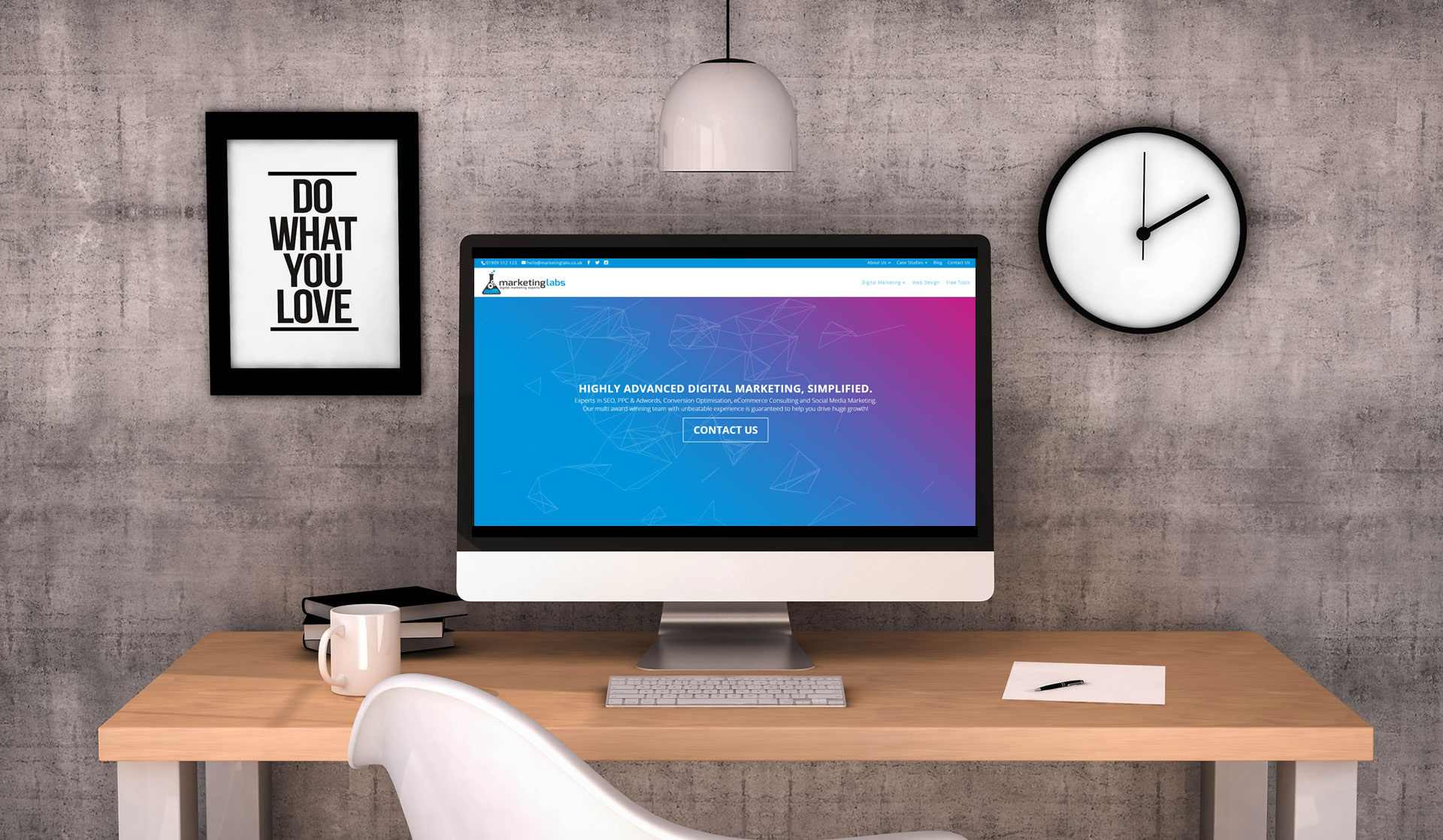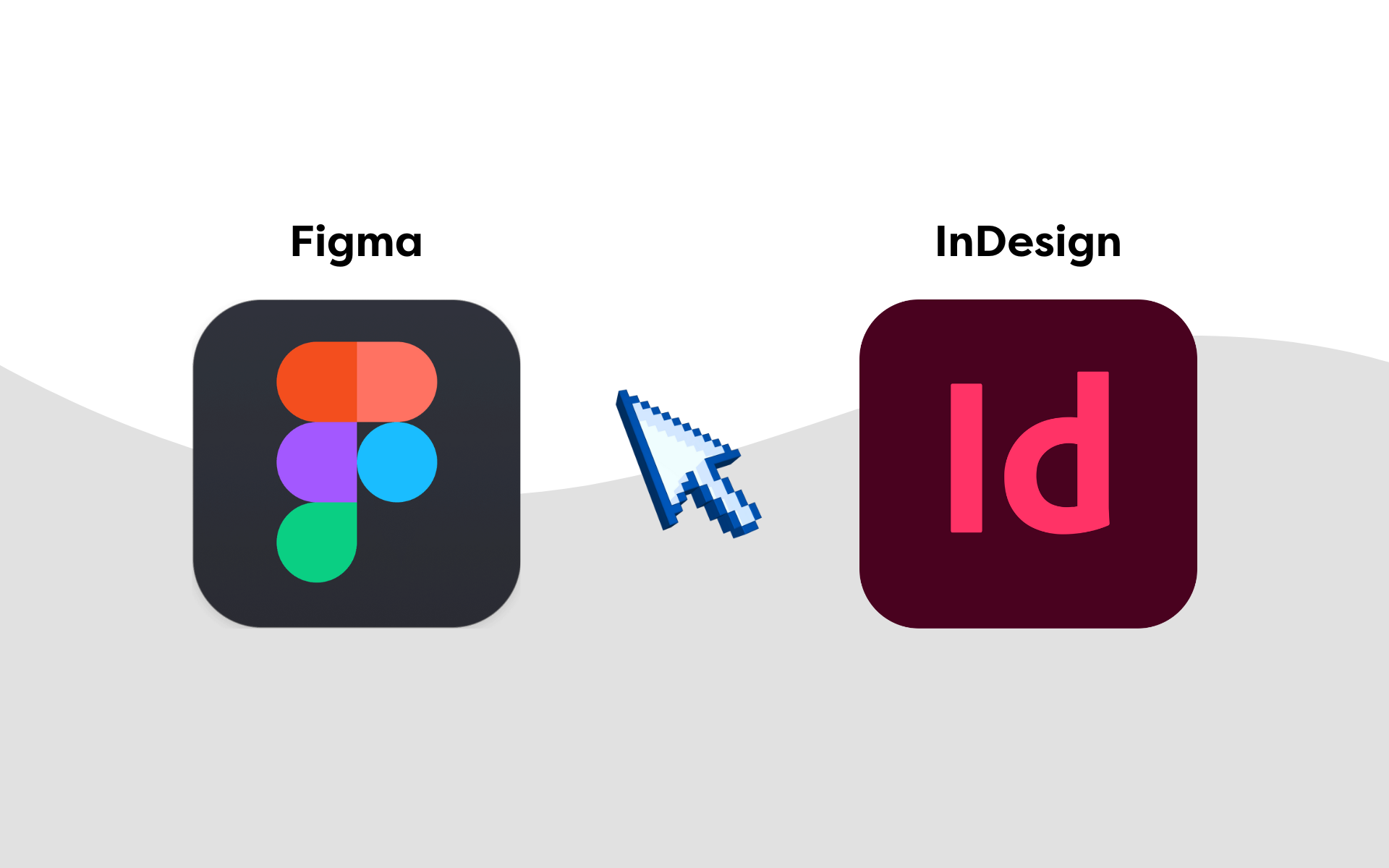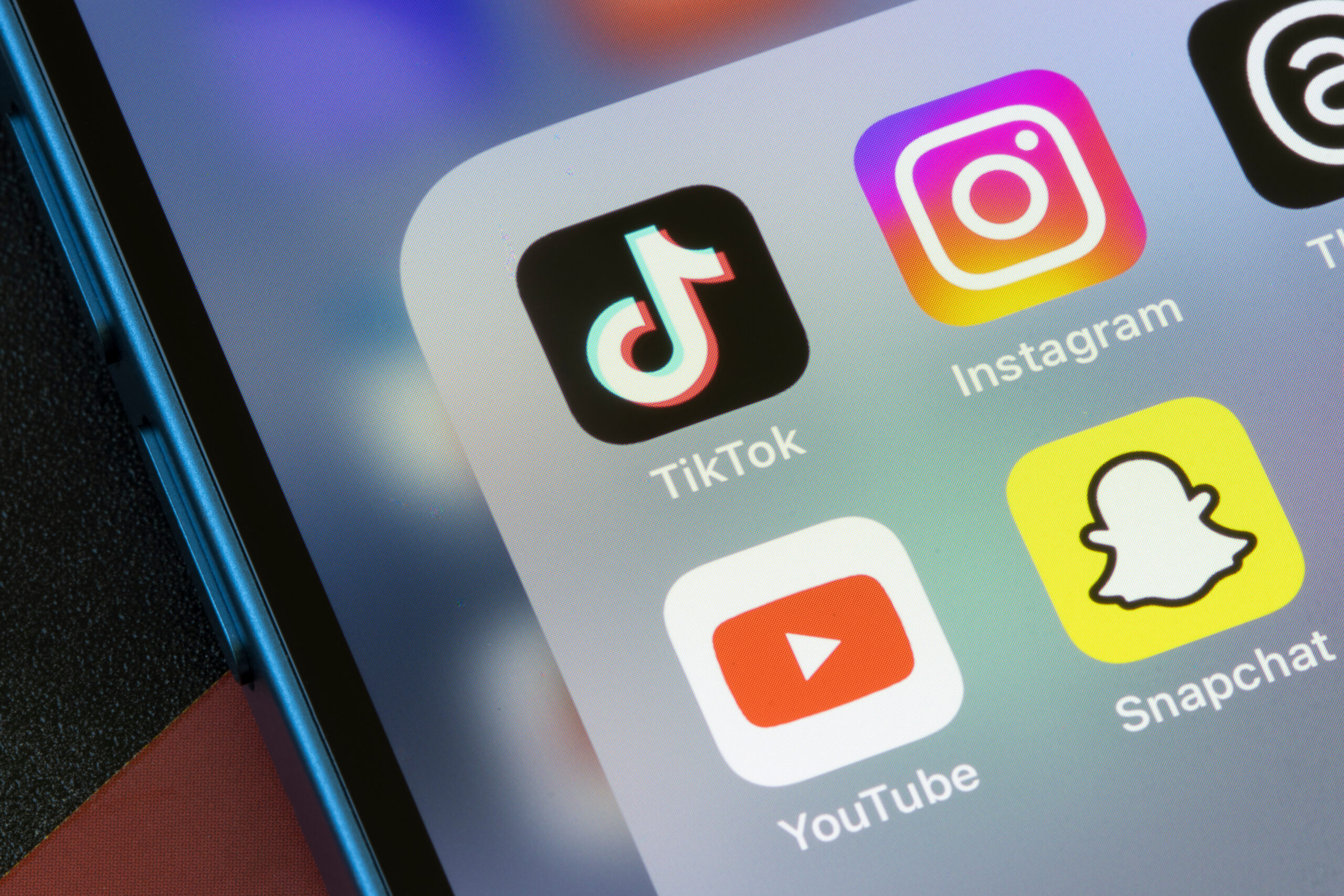Someone on LinkedIn recently asked if people thought email marketing was dead, citing reduced open rates and low click-throughs as proof of its decline. However, when you look at the figures for email marketing throughout 2020, they show an improvement in engagement, especially at the height of the pandemic.
Open rates reached 27% before returning to “normal” levels. Click-through rates appeared to remain fairly steady across the board, never seeing huge peaks but also not deteriorating below the levels we’ve seen over the last couple of years.

In fact, 2020 saw one of the longest periods of sustained highs for inbox volume ever, with the upward trend continuing right into the festive season – a typically busy time for all marketing, let alone email.
So if this is the case, how can anyone suggest that email is dead?
In reality, email as a marketing channel is far from dead, but poor emails that fail to get results are definitely dead. With more emails being sent and inboxes getting fuller than ever, not stepping up your email marketing efforts is essentially the same as not sending any emails at all.
This means that to keep up with your competitors in 2021, email marketing is one channel that you need to hit out of the park. While paying attention to emerging trends will help you do this, you also can’t lose sight of the fundamentals.
With this in mind, here’s what you need to know about email marketing this year if you want to avoid ending up in the email graveyard.
Your data has the answers
The data you collect from your lists for each email sent will tell you a lot about what’s working and what isn’t. While changing your entire strategy based on a single badly-performing email is madness, making tweaks based on the links that were clicked, the CTAs that worked, the subjects that increased opens and the sections that got low engagement can help you work out what your audience responds to.
I’ve seen far too many people stick with an email template, schedule and type of messaging without looking at the data to see if it works. Not only does this mean your email strategy is failing, but it is also making subscribers switch off from your brand communications.
When you consider the fact that it is much harder to re-engage people than it is to keep them engaged in the first place, failing to look at your data is essentially shooting yourself in the foot.
Look at your email data to better segment your audiences, change up your email designs, utilise the content that gets the best results and A/B test to find the best solutions. If you do this regularly, you reduce the chances of your emails getting stale and your audience becoming bored – which means you’ll probably see a better ROI from your sends.
This will also mean that you are being led by a detailed, mapped out strategy, which is the best way to get results.
Stay simple to stand out
With email inboxes getting more and more cluttered, standing out is the aim of the game. You might think that this means you need to include all the bells and whistles you can in each email you send, but it seems as though people are appreciating brands who keep it simple.
Of course, your data will tell you if this is the case, but opting for simple, spaced-out designs that allow your message to do the talking could help you stand out from the confusion of other promotional emails. Stripping back the colour scheme, using email compositions that are simple and providing clear CTAs can all provide a sense of calm.
This means that your message needs to be on-point and targeted to get the best results. After all, your design could be spot on, but if the message isn’t relevant to your audience, it’s not going to resonate with them and could risk them switching off completely.
Make it personal
Personalisation is becoming more important than ever before, with many consumers only happy to engage with personalised marketing messages. When it comes to emails, personalisation can be the difference between an open and a move to the spam folder, especially if the personalisation is inaccurate.
Research from Janrain and Blue found that 96% of consumers have received mistargeted information or promotions. This can include offers that show a brand doesn’t know who the consumer is (71%), mixed information across different communications (51%) and basic information mistakes (41%).
Not only does this provide a poor experience for consumers, but it can also have negative repercussions for the brand delivering the marketing, with 94% of consumers taking at least one of these actions:
- Automatically delete emails (68%)
- Unsubscribe from emails (54%)
- Catagaroize as ‘junk’ or ‘spam’ (45%)
- Are less likely to buy products (29%)
- Visit website less frequently (13%)
- Never visit the website again (10%)
You might think that personalisation comes with too many risks, but if you get it right, it can deliver fantastic ROI. Not only can a personalised subject line see 50% higher open rates [Oberlo], personalised email messages can deliver an ROI of 122% [Instapage], so getting it right delivers.
Now that email sends are on the rise and more people are using emails to keep consumers engaged during lockdown, personalisation – or more importantly, good personalisation – can be the key to standing out for the right reasons. This is why hyper-personalisation needs to be part of your email marketing strategy, as well as your overall marketing strategy, in 2021.

Craft great customer experiences
Customer experience needs to be at the heart of everything brands do, including email. With face-to-face interactions being reduced due to Covid-19, the digital experience you provide needs to deliver. This means seamless user journeys, great levels of support and spot-on branding across the board.
When it comes to emails, they need to show consumers that they are valued from the moment one lands in their inbox. This means crafting the best possible journey and experience from the subject line right through to the landing page you want them to click-through to.
Putting the customer’s needs at the centre of your email strategy, as well as your digital strategy as a whole. This is especially true now that digital adoption has increased as a result of the Covid-19 pandemic, with 68% of consumers saying that Covid has increased their expectations of what brands can deliver digitally.
The result is a desire for brands to emulate that in-person experience across digital. When looking at email, this can mean crafting the best possible start to a user journey, delivering CX that boosts how your brand is perceived but also delivers a memorable online experience.
CX, therefore, links to personalisation but it also needs to include customer-centricity and helpfulness. Brands need to consider customers’ needs and pain points to remove barriers and provide a simple journey. This can incorporate empathy in your messaging, making technology easy and personal recommendations – all of which need to be in your emails but also across all other digital touchpoints.
If you can deliver this level of customer experience, you’ll help to foster brand loyalty and advocacy.
Final thoughts
The most important thing to remember when it comes to email marketing in 2021 is that it is all about your customer rather than your brand. To connect in an increasingly physically-disconnected world, you need to provide experiences and personal touches that show your brand cares.
Making sure your messaging and tone of voice are genuine and empathetic will help you make the right impression while leveraging personalisation can add that extra touch. Of course, you can’t achieve any of this without looking at your data.
To build an accurate image of your customer, you need to make sure you’re using the data you have. This will enable segmentation and personalisation while also informing email design, the journey you lead consumers down and when best to send your emails to stand out from the crowd of the modern inbox.










